Francesinha Poveira
There are some changes going on in this sandwich guy’s household. I have a kid starting college in the fall, so there are college visits, financial aid to get settled, etc. I’ve been doing some remodeling in the back room of our house, finally building the bar I’ve been wanting to do since we bought the house nearly 7 years ago. I was recently the event organizer for my homebrew club’s Bubbly Creek Barrel Brawl contest, which took up a bit of my time. My wife and I have both started new jobs recently, which has changed our schedules, and sometimes it’s hard to adjust.
So they’re good changes, by and large, but they make for a busy life, and sometimes it’s hard to find the time to write about sandwiches as a result.
Eating the sandwiches though… of course I always find time to eat the sandwiches.
Last month we left off with the Francesinha, a Portuguese pile of meat, cheese, French fries, and tomato/beer sauce that defeated my entire family’s attempt to finish one. This month, we begin with a variant of that sandwich. It is, however, an entirely more reasonable variant, if even a bit more puzzling. It originated in a town called Póvoa de Varzim just up the coast from Porto, the home of the Francesinha, and differs from the original in a few key ways:
- It uses a roll instead of sliced bread
- It only uses two meats, ham and sausage, instead of ham, sausage, steak, sausage pork, sausage, salami, chicken, and whatever other meats and sausages you can pile into it.
- Instead of being drenched in the signature beer and tomato sauce of the Francesinha, it is instead spread on the inside with a compound butter that includes butter (obviously), ketchup or tomato sauce, hot sauce, and booze, among other things
- Except sometimes they also add the regular Francesinha sauce as well, I’ll get to that later
- The essential addition of mustard
English-language documentation of the sandwich is less widespread than for the regular Francesinha, but it does exist. At least, it exists if you click the little “Translate” button Google Chrome puts at the top of each page.
Making the compound butter, according to this recipe (in Portuguese, auto-plays ads), involves creaming some butter, adding some vegetable oil, ketchup, salt, and peri peri sauce, and whipping it all together into a mousse-like texture.
Oh, yeah. You’re supposed to add some booze too, preferably port and/or brandy. I had neither, so used a combination of vermouth and bourbon.
PROTIP: this sandwich may not be for kids.
Assembly is fairly simple, but there are a few steps. First you split your roll, add a couple slices of ham and some sausage to the bottom half.
Then toast both halves for a few minutes under a broiler or salamander. After it’s out, first add some mustard to the meat half
Then put some Edam cheese on top of the meat, spread the compound butter over the other half, and return it to the broiler. Once the cheese is melted, slap the two halves together.
At this point, you’d have a perfectly serviceable sandwich, seemingly unrelated to the sloppy mess I ate a few weeks ago. I’m half-tempted to put it into a panini press, but what I’ve read about the sandwich explicitly forbids that, opting to keep the bread soft and airy.
The compound butter soaks into the bun, softening it and providing a bit of sweetness from the ketchup and booze, while the mustard gives a welcome pungent bite to the middle of the sandwich.
I’d jumped the gun in eating it though, as the full instructions call for optionally spreading more of the compound butter on the outside of the sandwich and broiling it some more. I was out of Linguiça and was not going to have an opportunity to get back up to the north side to buy more. I stopped by several local stores that I hoped might have some, with no luck. I tried the sandwich with Polish sausage (and Polish ham), but the flavor profile was entirely different. (The ham was fine though)
Finally, I found some Mexican Longaniza at a nearby store, which was similar enough to a Portuguese Linguiça that I felt comfortable using it.
While I was at it, I picked up some bolillo rolls to use for the sandwiches in place of the Turano French rolls I’d been using.
The bolillo roll was a good choice for this–soft, made for sandwiches, and it toasts well. So were the Longaniza sausages.
It sure looked an awful lot like the Linguiça I got from PQM last summer.
It tasted right, too. Most of the time when I see longaniza, it’s the sweeter Filipino variety. These, however, are spicy red paprika-and-garlic flavored sausages, very much like a fresh linguiça.
For a family dinner, I served the Francesinha poveiras with fries, and this time each person had a whole sandwich to themselves. The default option, a regular Francesinha poveira, was prepared using the process described earlier–ham and sausage placed on the roll, toasted, mustard, cheese, and the compound butter added, toasted again, then assembled, with a fresh layer of compound butter added to the top to keep the bread from burning before being toasted a final time.
This is a heck of a good sandwich. It strikes a nice balance between the big, fluffy bread; the ham, sausage, and cheese; and the mustard and butter to keep things from drying out. All the flavors work quite well together, and toasting the whole thing at the end lets the cheese and fats and mustard all blend together into one melty delicious whole.
However, as I mentioned earlier, there is a version that also uses the tomato and beer sauce from the original Francesinha. It appears that this version is called the Francesinha poveira especial. I was out of my tomato and beer sauce from the previous post, but I’ve gotten some feedback that my sauce looks too thick, rich, and good; that the real thing is less thick and opaque. And to be honest, it seems silly to spend an entire afternoon making a sauce when you could be making more sandwiches.
So, based on this recipe, I made a simpler one containing beer, tomato paste, chicken stock, bourbon, peri peri sauce, butter, and salt, thickened with a corn starch slurry. It’s different from the sauce I made, but a difference of quality, not kind. My sauce was amazing. This was similar, but wasn’t going to wow anybody. Recognizably the same type of thing though, and the point was to make a quicker, crappier version.
For the especial, instead of adding more of the compound butter, I added more Edam cheese to the top of the sandwich before the final toast, and drenched both sandwich and fries with the sauce.
This does make the sandwich richer, but without the giant pile of meats providing the bulk of the sandwich, it’s still a manageable meal for one, if you don’t mind the inevitable postprandial nap. Also, if you don’t mind using a knife and fork.
The Francesinha poveira is different enough from the standard Francesinha to merit its own entry in The List, but maybe not enough to merit the amount of time, energy, and words I’ve spent on it so far. Like I’ve said about so many other sandwiches, maybe someday I’ll visit (insert country name here) and try a real one but for now, I’m pretty satisfied that I’ve gotten pretty close. And I’m glad I tried it.

I like sandwiches.
I like a lot of other things too but sandwiches are pretty great


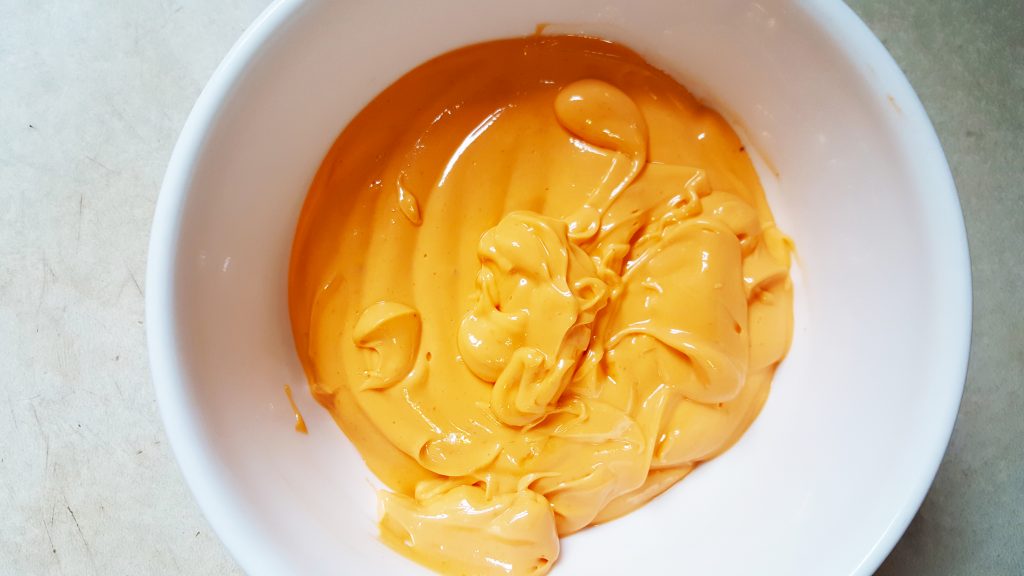
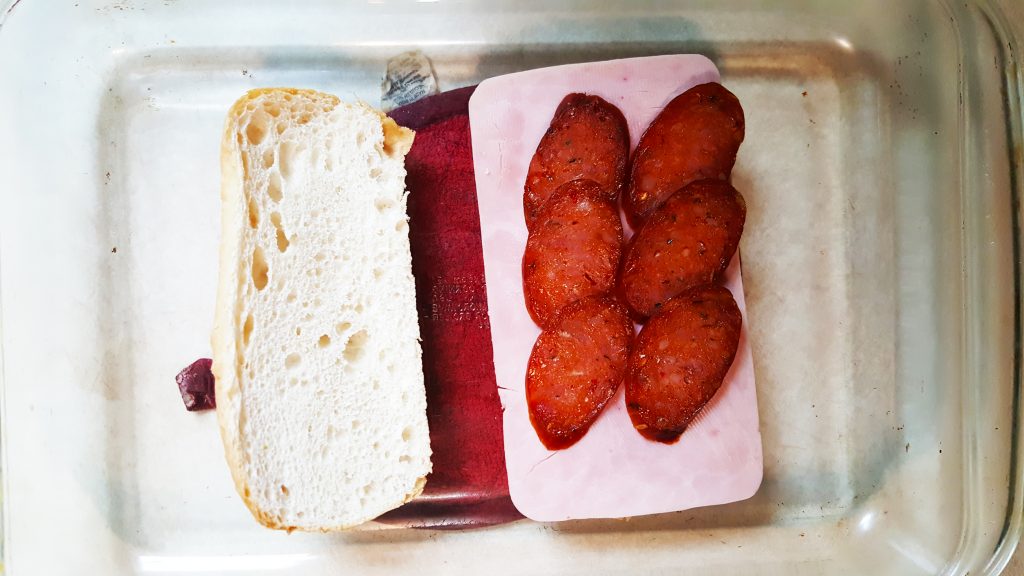
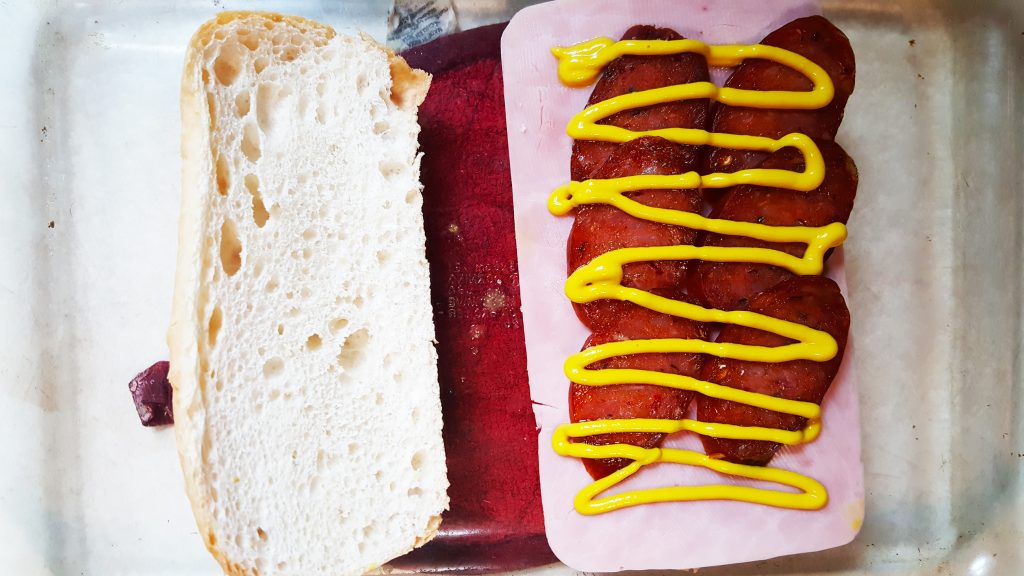


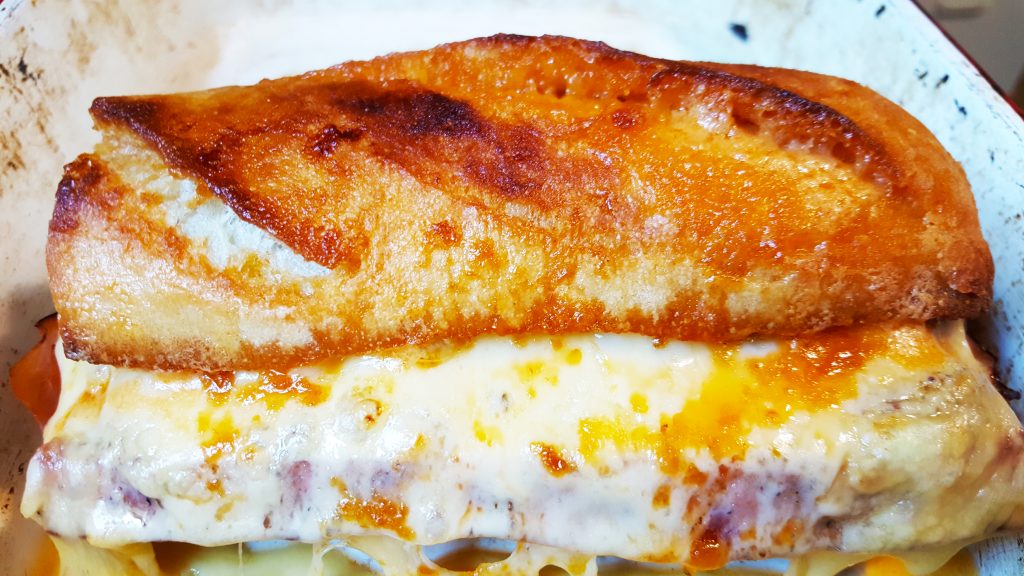

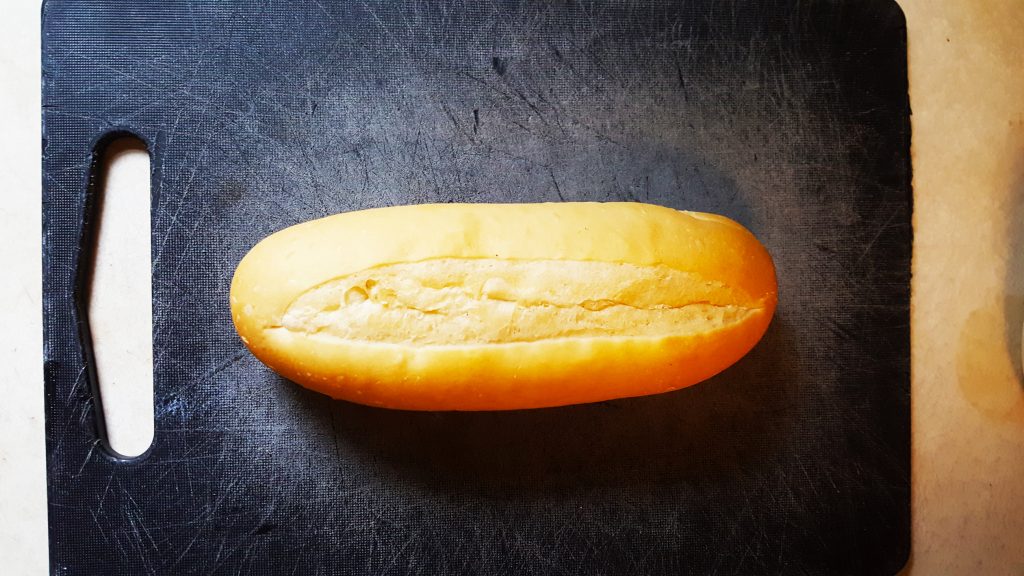
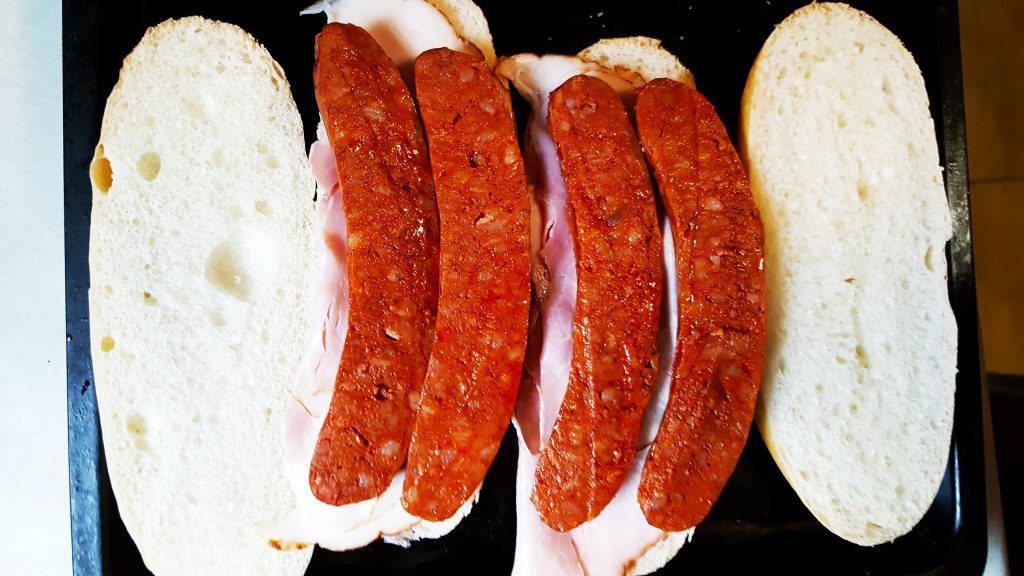

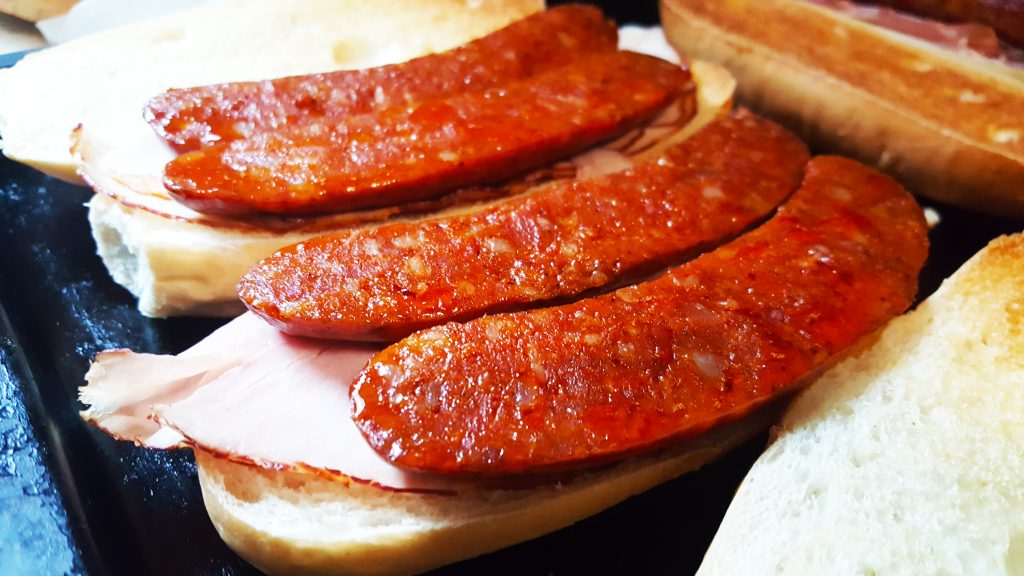
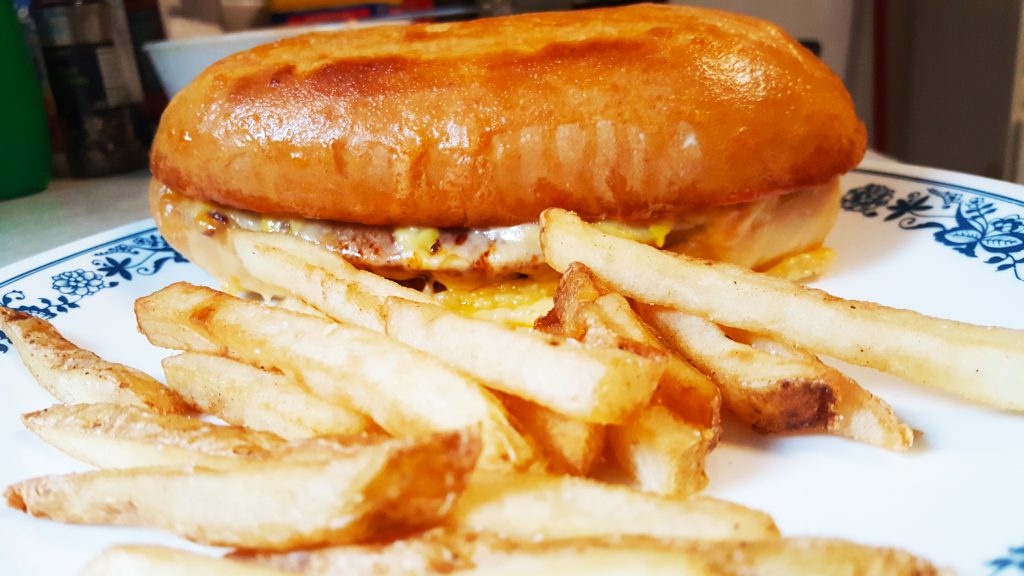
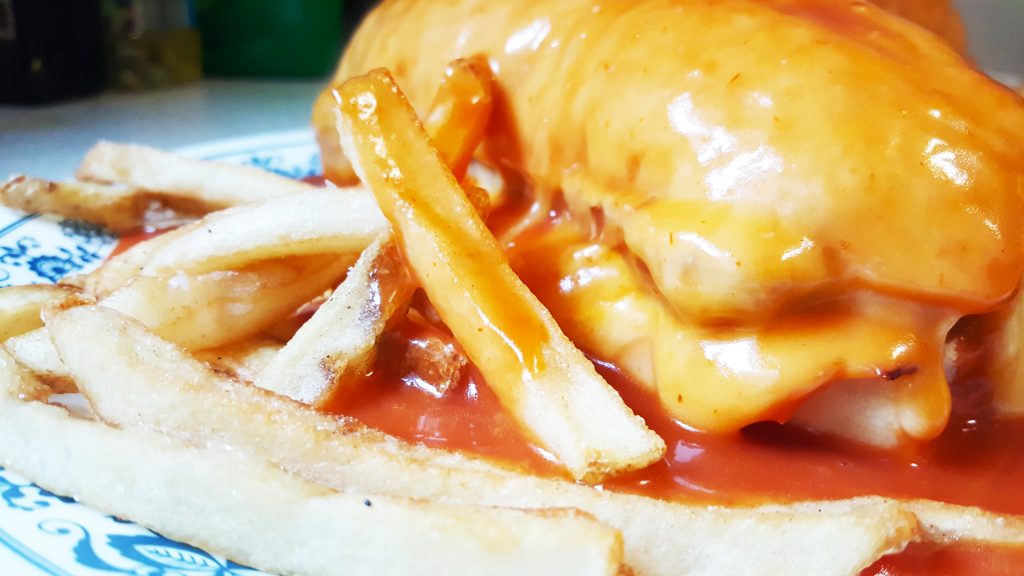
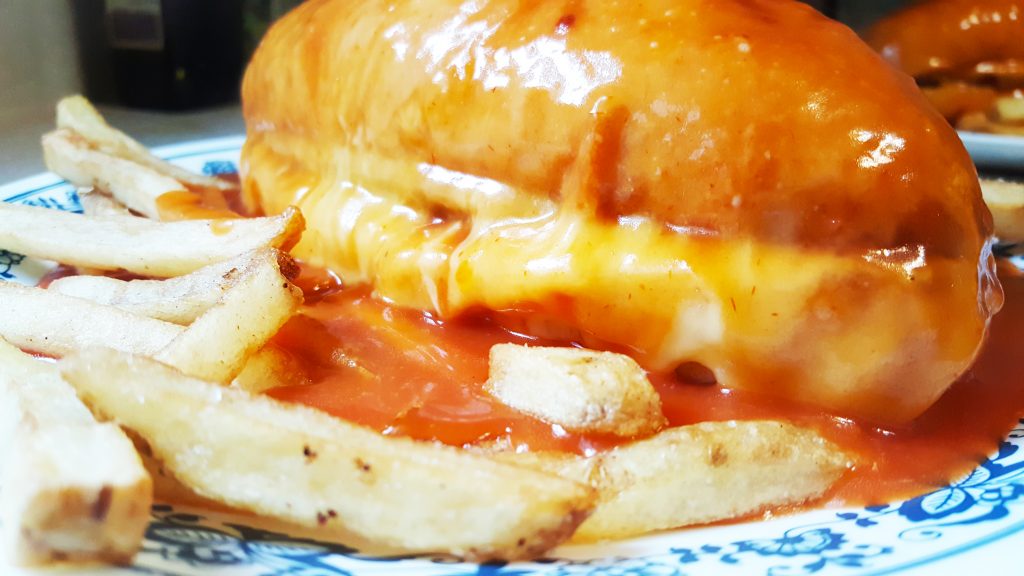

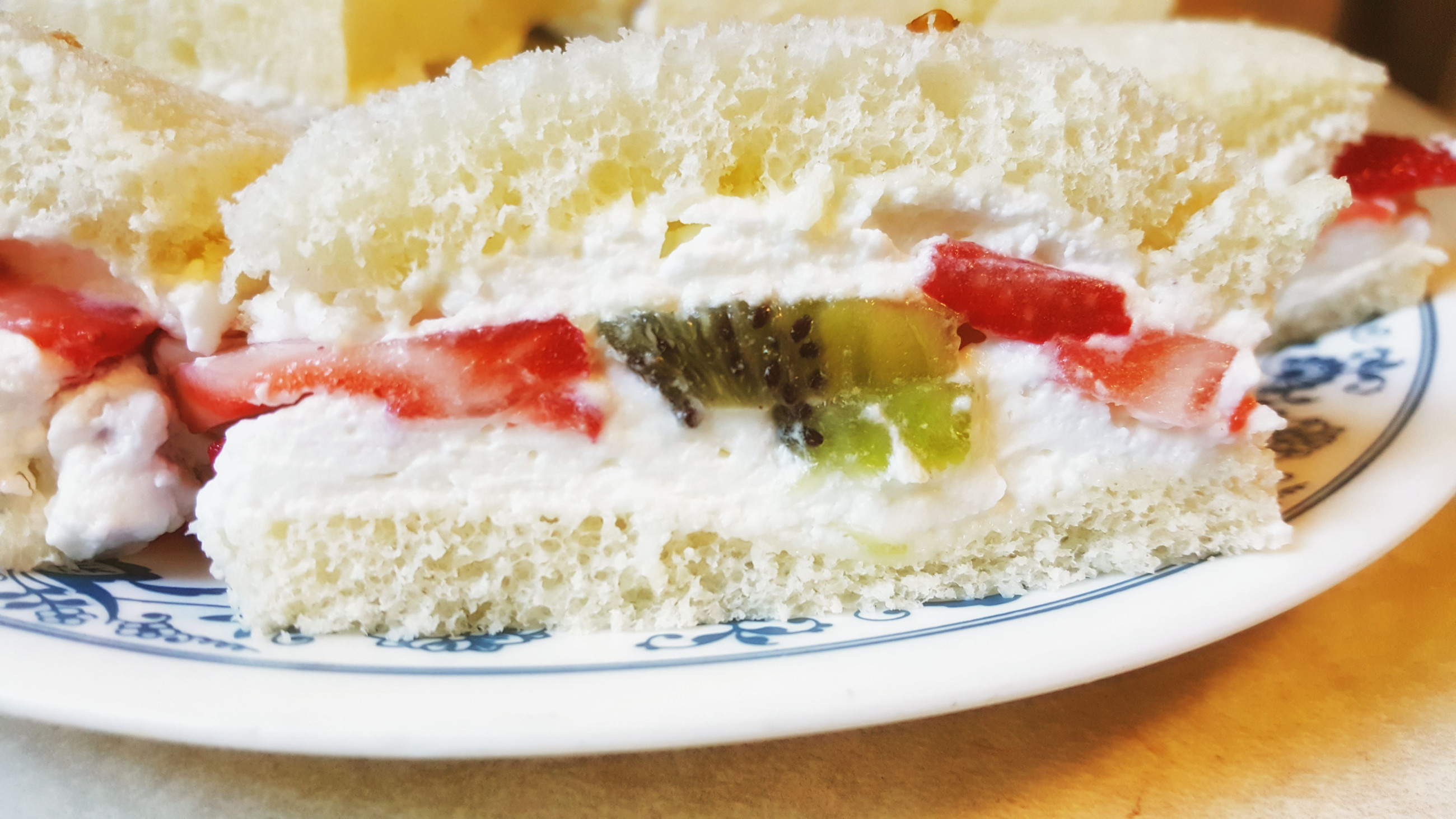
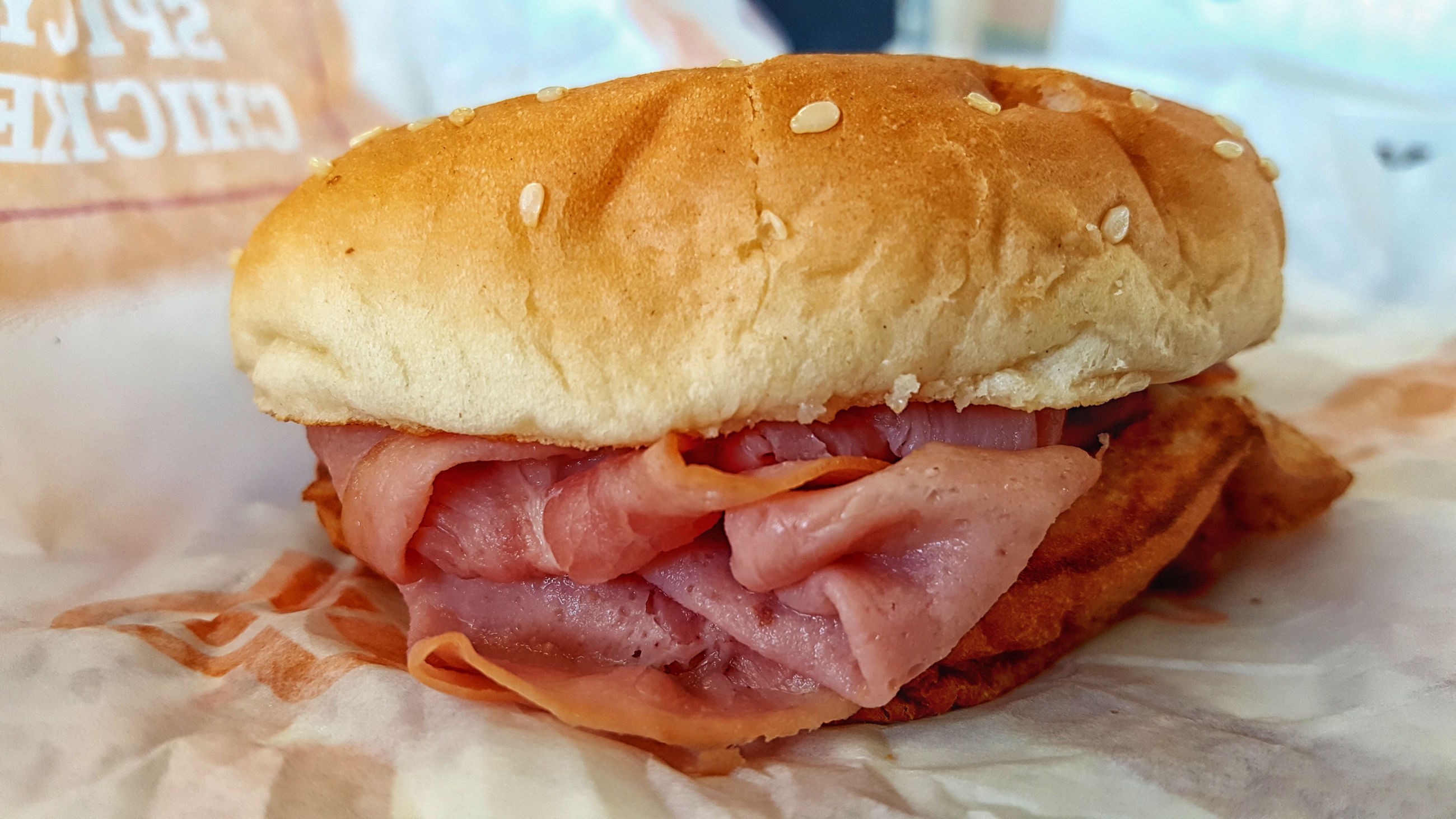






Recent Comments